Good morning friends! This week I finished taking inventory of my herbal preparations from this summer and updated the apothecary page of my website. I’ve got a bunch of herbal medicine to share, and it’s all available on a sliding scale basis depending on your individual situation (no questions asked!).
I also thought I would take some time to write a little bit about the name I chose for this newsletter, but first about the herbs and this past growing season:
Despite a lackluster 2022 garden season, my partner and I decided to go twice as hard in 2023 and got a community garden plot in addition to the home garden we built last year. As the home garden is surrounded by trees, we mostly planted shade-loving herbs, and they went wonderfully wild - spilling over the edges of the raised beds and producing an abundance of medicine to stow away for winter. In the community garden we also grew some sun-loving herbs like milky oats, calendula, and rosemary alongside the vegetables and flax, which did pretty well in the sun despite the intense rains we had. Having gotten to know this place where we’re living better over the past year, we also spent more time this summer foraging for mushrooms, as well as making medicine from wild plants like goldenrod, staghorn sumac, dandelion, and elderberry.
So much of foraging well comes down to observing one’s local landscape over time - really over the course of years - to learn what is abundant and what is rare, under what kind of conditions the plants thrive and what kind of conditions they are limited, and how one can become a helpful participant in the local ecology while also receiving the gifts benefits of the plants (and fungi!) We have lived in the Upper Valley for almost two years and it still feels so new with so much to learn and discover, but a few plants have appeared in such widespread abundance the last few years that it felt right and welcome to harvest them and make medicine that has been really supportive as we’ve entered the cold season of the year.
Most of the potions I’ve made are “singles”, aka tinctures made from a single plant, but I also made a few blends and oxymels this year that I’m really excited about. In the spring I gathered magnolia flowers from a neighbor’s tree, extracted some of them in apple cider vinegar and the rest of them in raw honey, then combined the honey and vinegar into an oxymel that is sweet, sour, floral, and slightly gingery all at once. I also made a big batch of fire cider, the star of which is the massive horseradish roots that emerged simultaneously in both the home garden and the community garden plot. It’s wonderfully invigorating and opens up the sinuses immediately. Another new addition to the apothecary is the Monarda tincture, made from the bee balm plant I started from seed two years ago. It starts off tasting bitter before revealing a distinctly pungent and rich bergamot flavor beneath. If herbal medicine can excite the taste buds as well as be useful, all the better - a delight for the senses as well as the body’s overall well-being!
Take a look at the herbal page of my website to see what else is available and for details on the pay-what-you-can model. I can ship anywhere in the US and if you’re in Vermont or New Hampshire we can arrange a local pickup too.
Ok, onto the word “selvedge” and how it became the title of this newsletter and of the apothecary project:
I came across “selvedge” as a word for to describe field-edges in the book Landmarks by Robert MacFarlane (one of my all-time favorite reads). Landmarks contains glossaries of “lost” words relating to nature gathered from around the British-Irish isles, each holding a level of specificity that reveals how incredibly intimate the speakers of these words were with the lands, waters, and airs they inhabited.
Selvedge is defined on page 252 as: “field boundary; also the edge of a piece of woven material finished so as to prevent unravelling.”
At the time I first read this I was simultaneously beginning to study herbs and starting to get interested in weaving, so this linkage of the two was particularly striking. It immediately conjures the image, in my mind at least, of a farm field as a textile: the rows of crops as a weft running back and forth, the soil and water and mycelium below as the warp supporting the structure. But the word doesn’t refer to fields themselves, it refers to the edges of them, as distinct spaces deserving of their own name and attention.
As I am weaving, I usually find the selvedge (the side edges) to be one of the most compelling parts of the project . This is where the shape of the piece is made, where each line of weft turns back on itself to form the next line. If one wants an even, rectangular result, then care must be taken not to pull the strands of fiber too tightly or to leave them too loose, or else a wobbly edge will come forth. In contrast, this fact of the process can be embraced to create an organic, gently shifting boundary as the piece slowly takes form. The selvedge edges will not unravel because they are the innate edges of the fabric, holding a level of integrity in contrast to cut edges of mechanically produced fabric that needs to be hemmed or risk fraying.
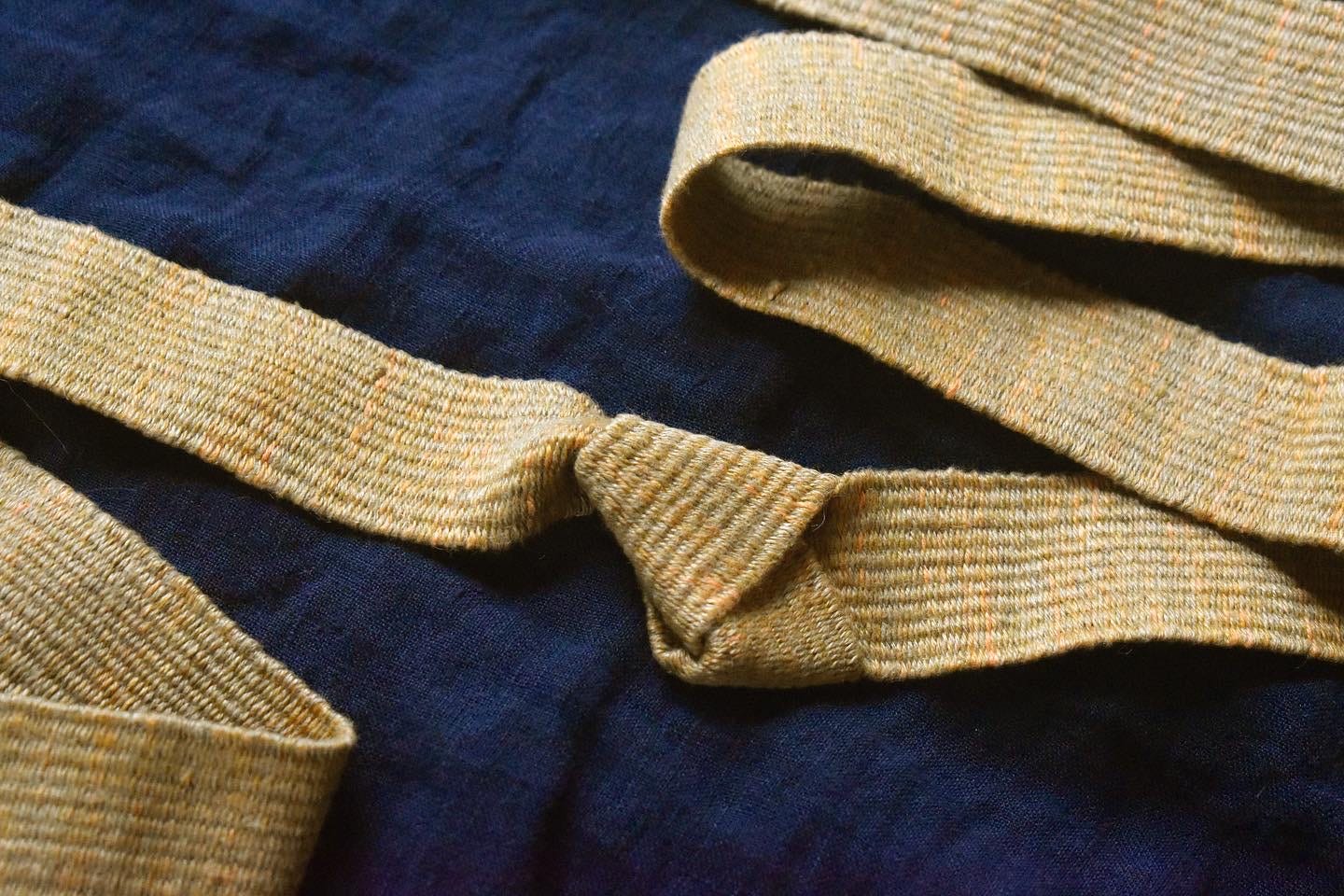
Wild medicinal plants are often edge-dwellers, thriving in the liminal zones where fields and forests meet, in the hedgerows and thickets that separate one human-defined space from another, where soil has perhaps been disturbed in the recent past. These kinds of spaces are often overlooked, but I’ve learned from several seasons of foraging that they are treasure troves for herbs. Manchán Magan also refers to this in describing a gort (a particular kind of relatively small, communally-managed farm field) in his book Thirty-Two Words for Field:
“A key element is its boundaries […] These linear strips of narrow woodlands […] contain up to 30 species, including hawthorn, crab apple, and holly, depending on the environmental conditions. These strips were the natural apothecary from which herbalists collected their bounty. They are as much as part of a gort as the grass inside the boundary” (p. 124-125).
I realized that these kind of transitional selvedge spaces have really been the backbone of both my herbalism and of my papermaking and botanical art ever since I started turning to woodland trails, roadsides, and farmfield edges for inspiration as a young art student a decade ago. It’s thrilling to have a word that brings these two worlds of creative practice together. It’s also funny how these kinds of realizations present themselves over and over again. The living world never ceases to amaze, even when one thinks one understands how it’s all connected - there’s always some new thread to follow.
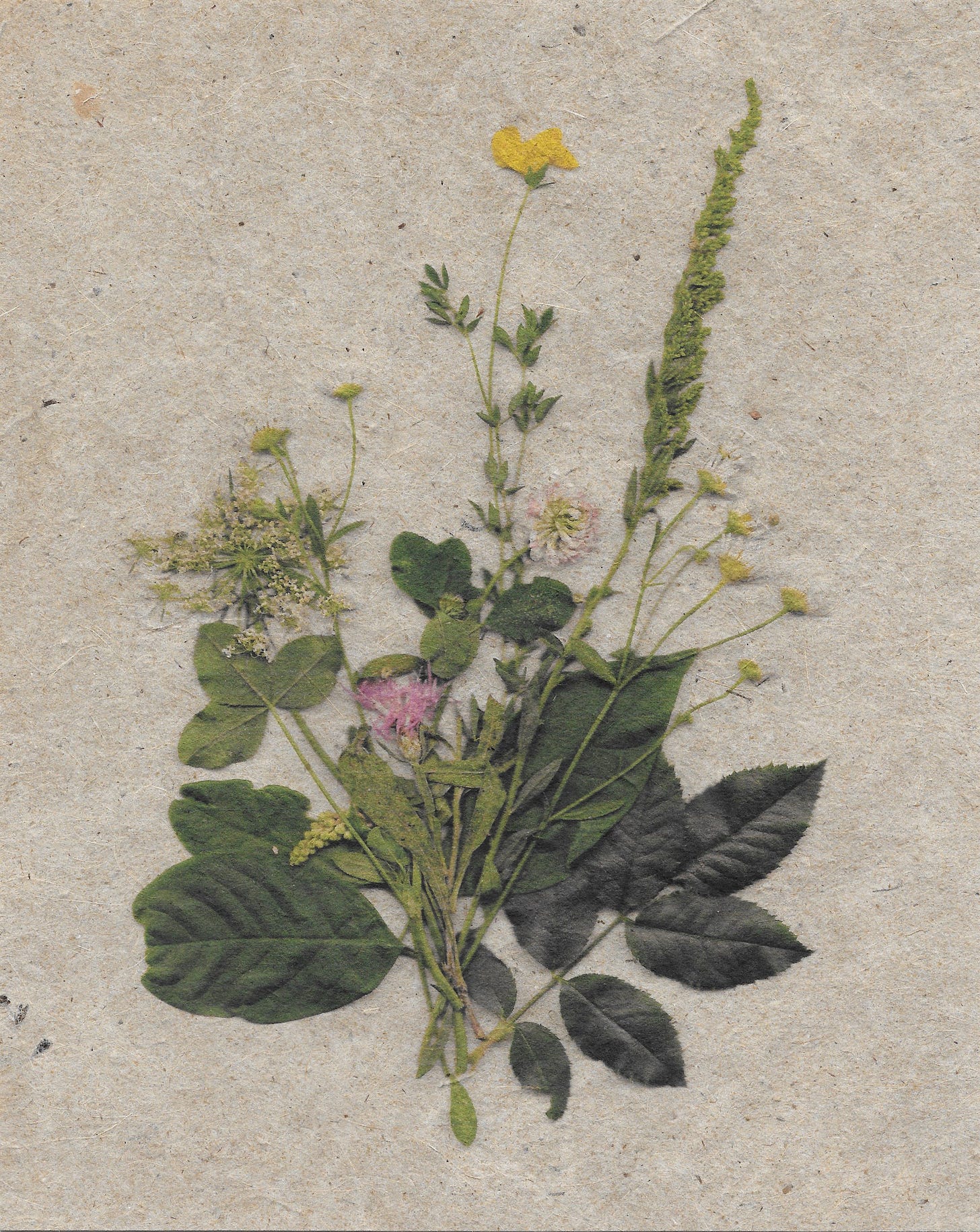
Selvedge comes from Old English self + edge, the interface where one being (the self) meets the rest of the world. This gets to the heart of what an ecological art practice is about - paying attention to where and how we come into contact with other beings, being intentional in those interactions, and ascribing meaning to them.
Winter may be upon us in the northern hemisphere, but when you have some time on your hands, I invite you to take a walk along a selvedge near you and see what beings you might encounter. Many plants are exceptionally beautiful in their dried winter seed-state, and taking note of their presence at this time will tell you where to consider revisiting in the spring and summer. In the pain and chaos of our present time, I feel that these moments for silence and peace are such a gift and should be fully appreciated when they are presented.
Last but not least…
I’m dancing in the Midwinter Revels with Revels North this winter! We have shows in Brattleboro, VT, Claremont, NH, and Canaan, NH in the next couple weeks. The show is a medley of community song, folk dance, and a mummer’s play. These will be the first times I’ve danced in front of an audience since my elementary-aged ballet rehearsals. I’d love to see you there.
Many thanks & as descend towards the darkest day of the year, well wishes and good tidings,
Emma Percy





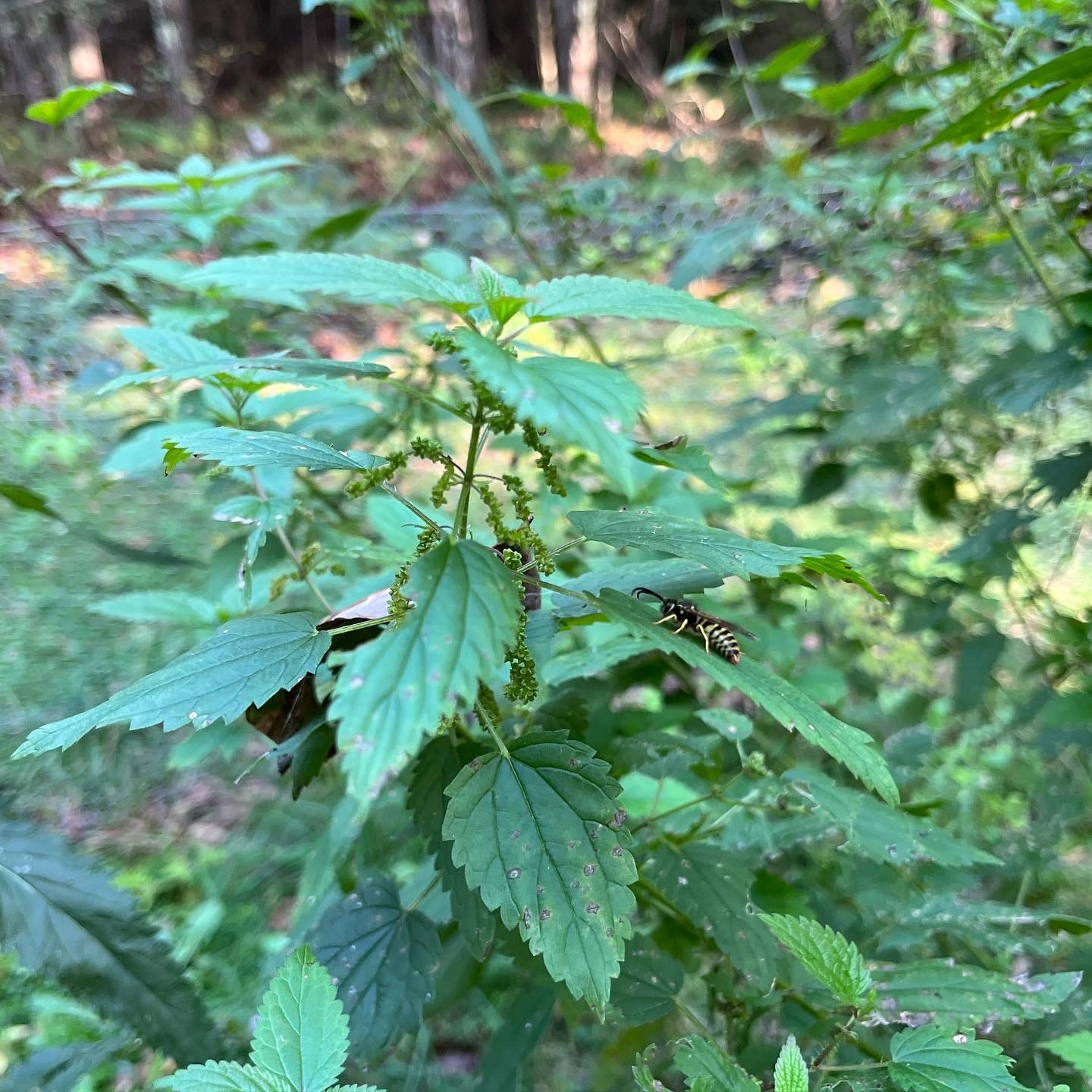

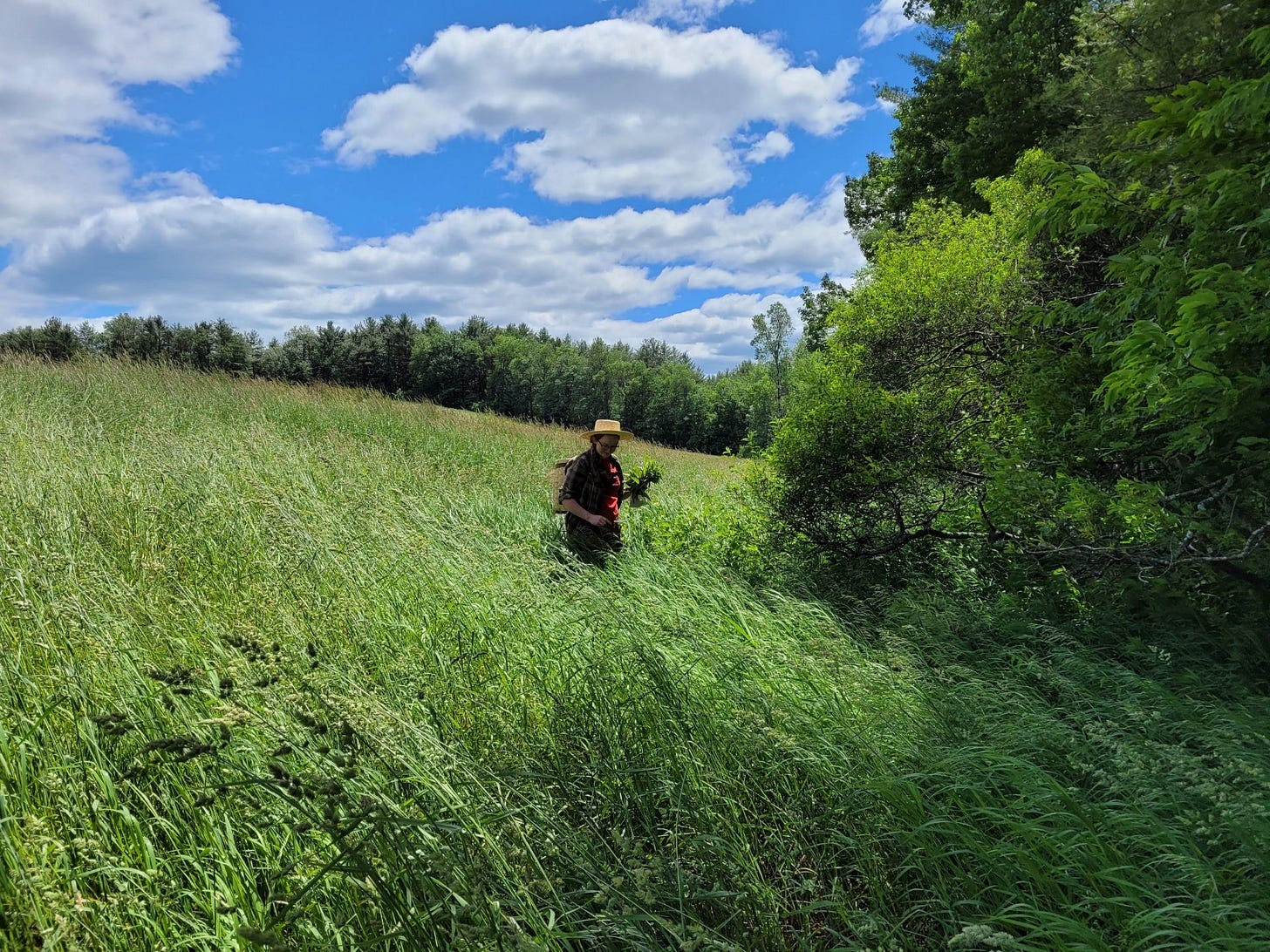
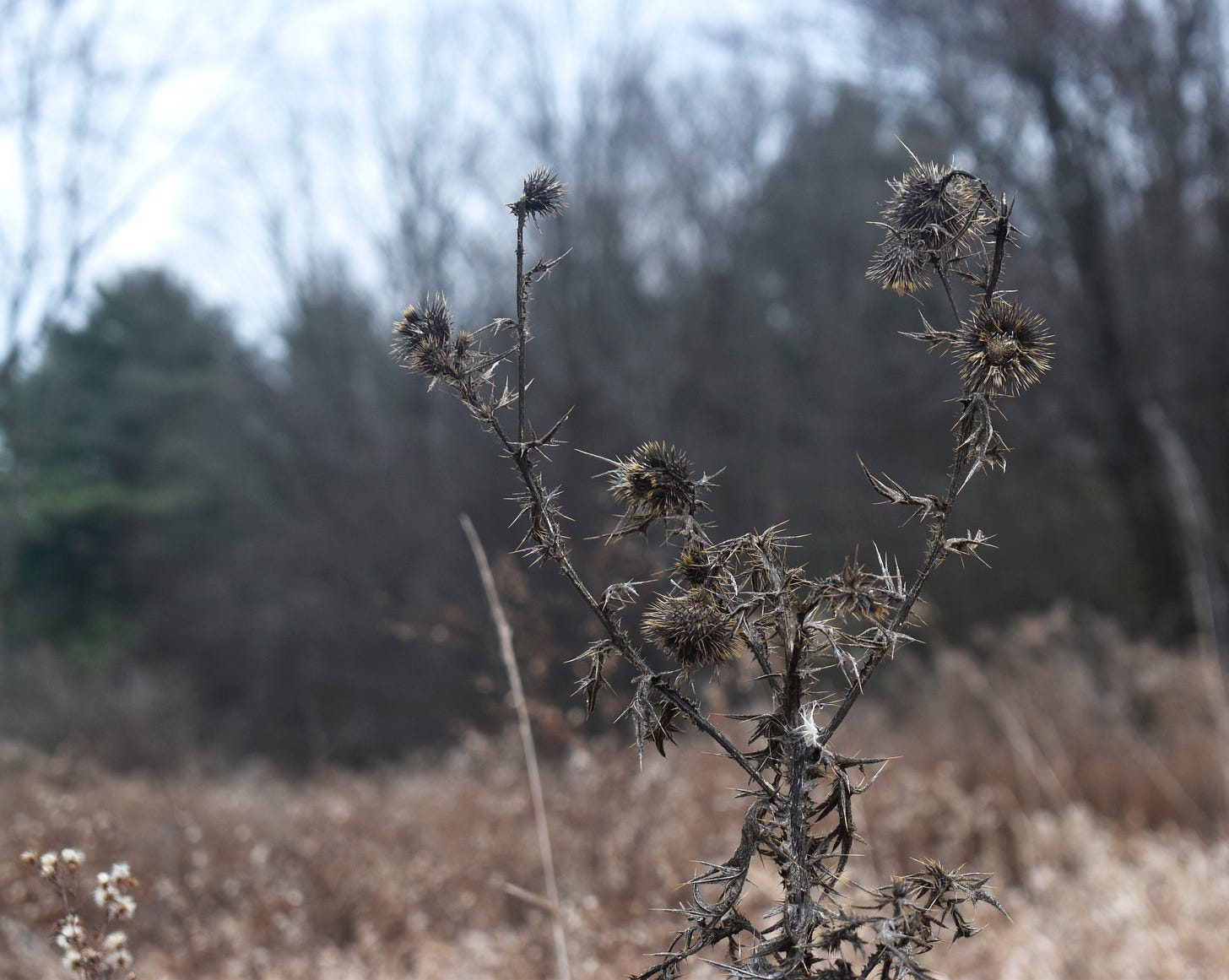
When is your performance in Claremont going to be?
Love this!!!